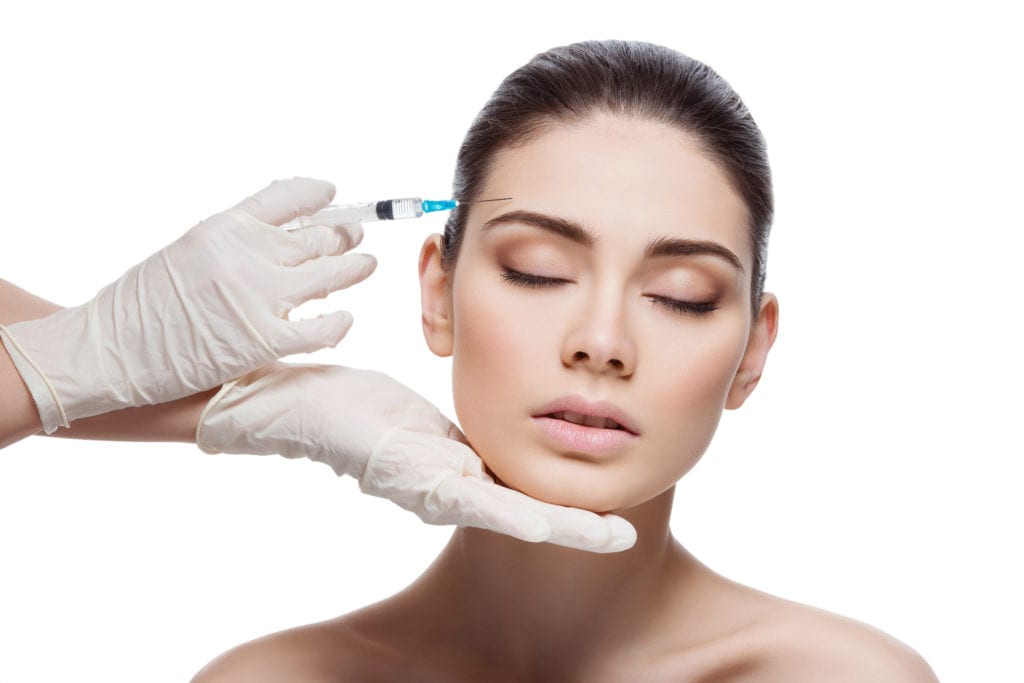
Botox is commonly thought of as a great solution to combat wrinkles, but it can do so much more. Botox expert, Dr. Pirani, gave us an insight into how Botox can be used to help many other medical conditions, beyond wrinkles.
- Wrinkles: Botox was introduced primarily to help treat wrinkles, and is still a great way to help keep your skin smooth in a non-invasive way. Botox is placed in the high stress areas of your skin, relaxing them and smoothing them over time.
- Migraines: Chronic migraine sufferers, or people who have migraines that are debilitating, can receive Botox injections to block the signal that is causing the intense pain. As a result, these patients can get back to normal activities without pain.
- Excessive Sweating: Hyperhidrosis, or excessive sweating, can negatively impact your social life and comfort. Excessive sweating means you are not just sweating when hot or exercising, but sweating even when it doesn’t make sense. Botox can be injected into the sweat glands to stop sweating.
- Muscle Spasticity: For patients with cerebral palsy, Botox can help reduce the muscle spasticity that comes along with it. The injections are placed in the spastic muscles, relaxing them and giving patients a change to build up strength in other muscles to balance it out.
- Overactive Bladder: Botox can be used to treat adults dealing with an overactive bladder that cannot be treated by medication. These patients deal with a bladder that squeezes too often or without warning, which can cause frequent urination or incontinence. Botox can help the bladder relax, increasing its capacity while preventing unwanted accidents.
- Crossed Eyes: For those who suffer from crossed eyes or lazy eyes, Botox injections can be placed in the eye muscles, preventing the eyes from pulling too hard in one direction. As a result the appearance of crossed eyes will be reduced.
- Neck Spasms: With most people on a computer or sitting at a desk, more people suffer from neck spasms than ever before. Poor posture often places unnecessary pressure on the neck and the back. Botox can relax these strained muscles, giving them a chance to recover.
- Chronic Muscle Pain: Severe chronic muscle pain, known as myofascial pain syndrome, can also be treated with Botox. The injections are placed in the painful muscles to reduce the sensation. Normally these muscles are treated with anti-inflammatory medication and physical therapy, but the treatment is not always successful.
- Excessive Drooling with Parkinson’s: Those who have Parkinson’s disease are often more prone to excessive drooling and overactive salivary glands. When Botox is administered to the salivary glands, it results in less drooling.
- Depression: For patients who suffer from depression, Botox has been shown to improve moods by reducing the ability to frown. In a study by the Journal of Psychiatric Research, patients injected with Botox had their depression symptoms reduce by 47 percent.
Botox is a wonderfully versatile and useful medication that can help you manage a variety of conditions. Getting a Botox specialist to help you out with your problems can work wonders.
